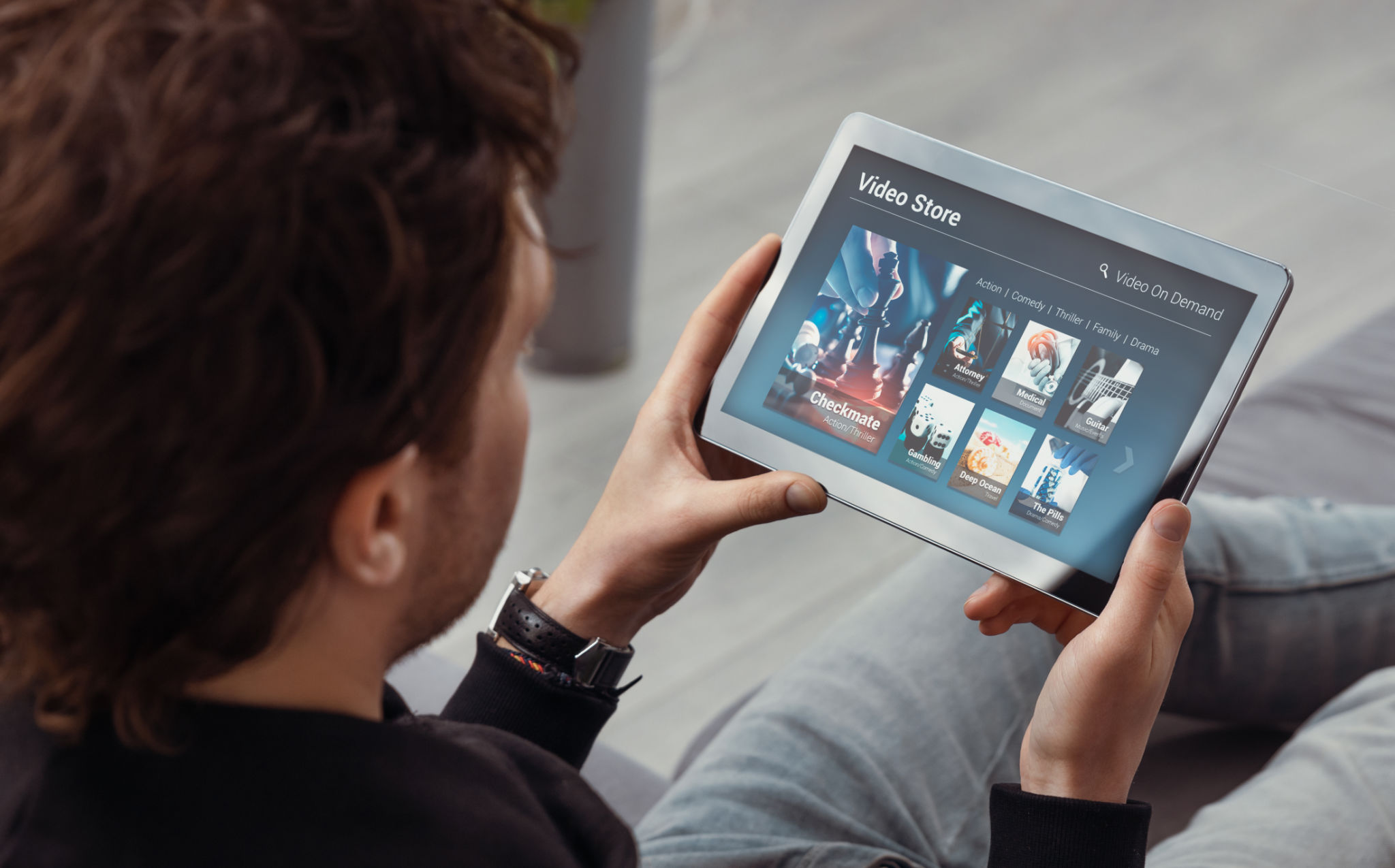Common Misconceptions About Live Streaming: What You Need to Know
Understanding Live Streaming
Live streaming has become an integral part of digital communication, offering real-time interaction and engagement. However, despite its widespread adoption, there are still many misconceptions about it. These misunderstandings can deter individuals and businesses from leveraging live streaming to its full potential. In this post, we'll debunk some common myths and shed light on what you need to know.

Myth 1: Live Streaming is Too Complicated
One of the most prevalent misconceptions is that live streaming requires extensive technical knowledge and expensive equipment. While professional setups can enhance quality, live streaming is more accessible than ever. Platforms like Facebook Live, YouTube, and Instagram offer user-friendly interfaces that allow even beginners to start streaming with just a smartphone.
Moreover, many platforms provide tutorials and support to help users navigate the process. With a little practice, anyone can become proficient in live streaming without needing a degree in technology.
Quality Concerns
Another common belief is that live streams are often of poor quality, which can deter viewers. While this can sometimes be true, especially with weak internet connections, it's not an inherent issue with live streaming. A stable internet connection, combined with decent equipment, can significantly enhance the quality of your streams.

Myth 2: Live Streaming is Only for Gamers
While it's true that live streaming gained popularity through gaming platforms like Twitch, its application extends far beyond gaming. Businesses use live streaming for product launches, Q&A sessions, webinars, and more. It's an effective tool for educators, influencers, and anyone looking to engage with their audience in real-time.
Live streaming's versatility means it can be adapted to various industries and purposes, making it a powerful medium for communication and marketing.
Engagement and Audience
Some believe that live streaming does not facilitate meaningful engagement with the audience. However, the opposite is true. Live streaming offers unique opportunities for interaction that pre-recorded content cannot match. Real-time comments and reactions allow streamers to engage directly with their audience, creating a more dynamic and interactive experience.

Myth 3: Live Streams Have No Replay Value
A common misconception is that live streams lose their value once the broadcast ends. In reality, most platforms allow users to save their streams for future viewing. These recordings can be repurposed as content on other channels or edited into shorter clips for social media.
This ability to archive and repurpose content ensures that live streams continue to provide value long after the initial broadcast.
The Future of Live Streaming
As technology continues to evolve, so too does the potential of live streaming. With advancements in virtual reality and 5G connectivity on the horizon, the quality and accessibility of live streams will only improve. Understanding the truths behind these misconceptions will help you better integrate live streaming into your content strategy.
By embracing live streaming and dispelling these myths, individuals and businesses can tap into a powerful tool for growth and engagement in the digital age.
